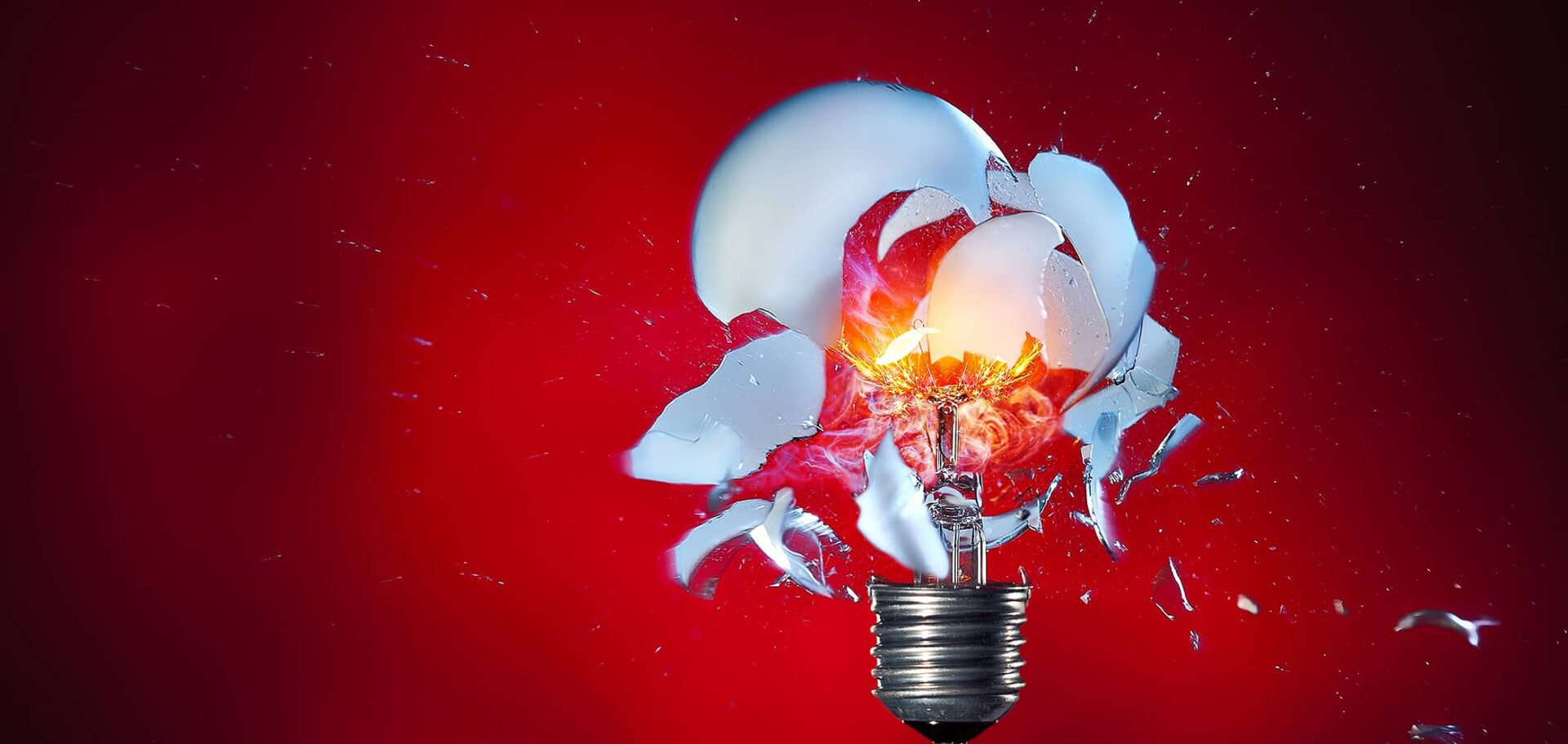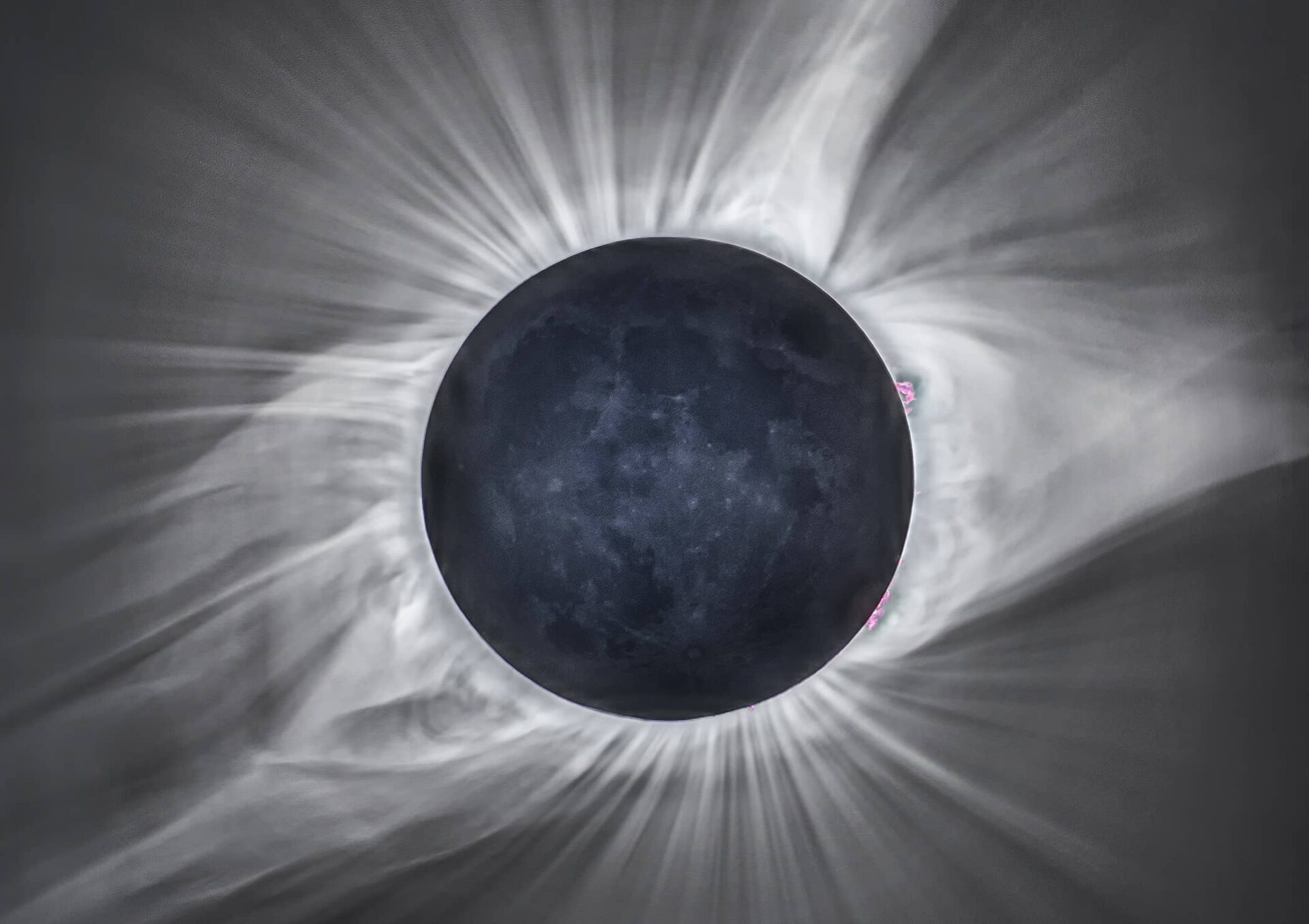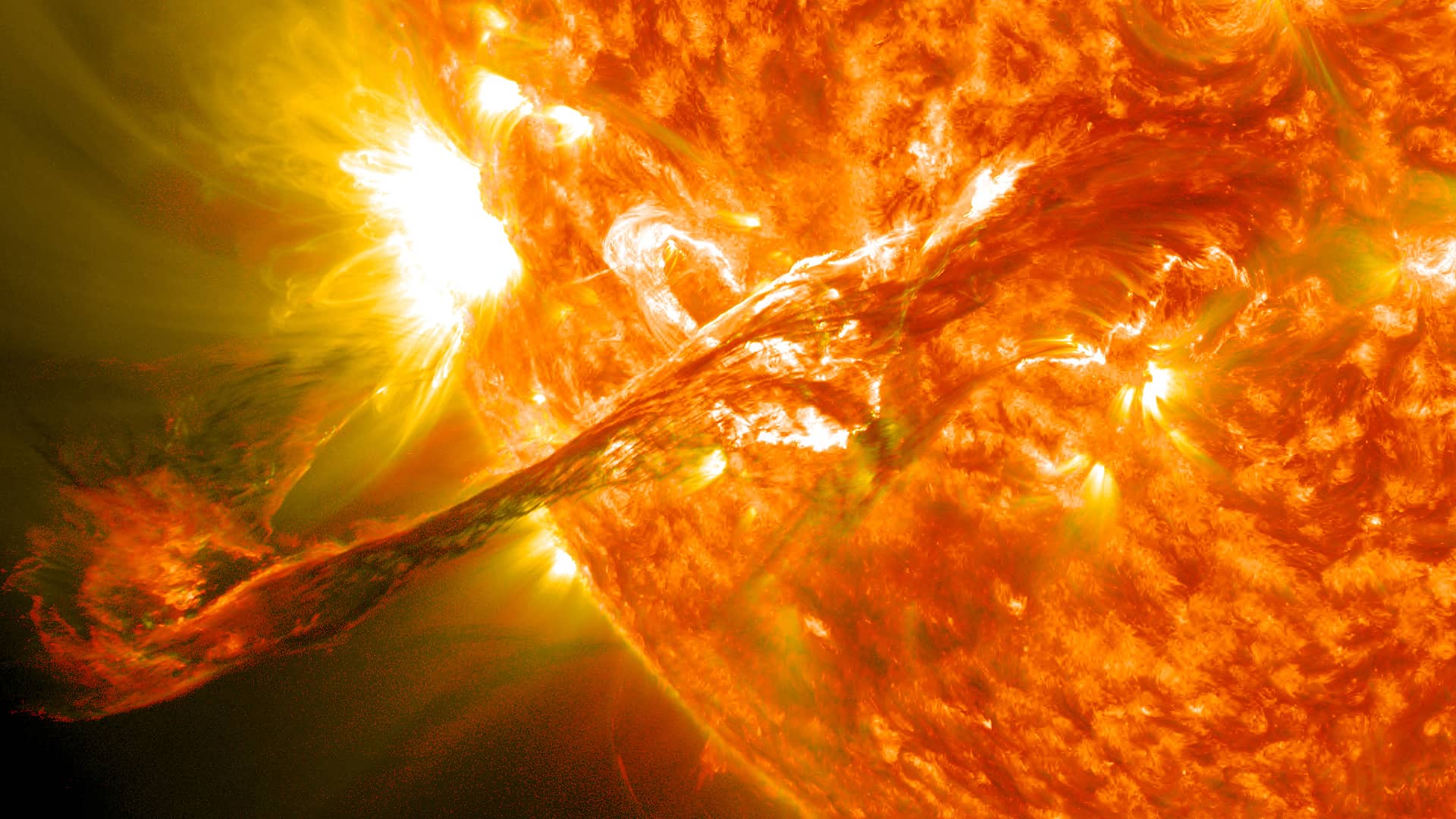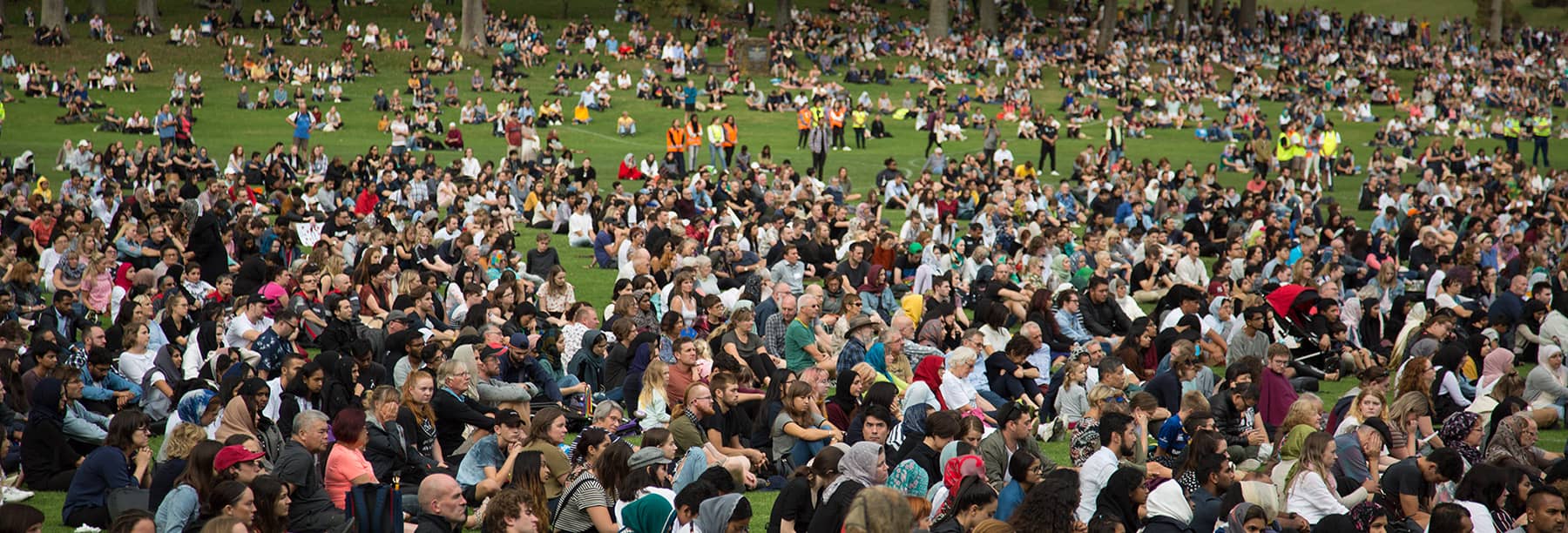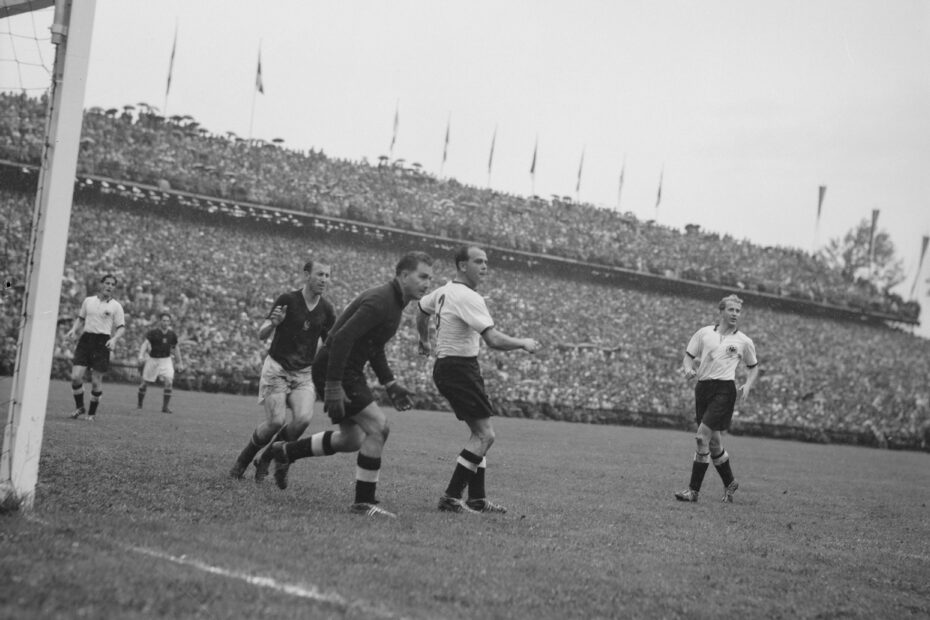The fight over the Directive on Copyright in the Digital Single Market has shown that European copyright rules affect the operation of Wikipedia and other free knowledge projects. Global rules are equally important. Negotiations take place in Geneva, at the World Intellectual Property Organization (WIPO). Wikimedia Deutschland and the Free Knowledge Advocacy Group are committed to increasing transparency around WIPO negotiations on international copyright law, and shaping WIPO-level policy outcomes, especially facing the pressure by rightsholders’ to expand the scope of copyright protections. This is the second installment of a series on Wikimedia’s involvement at WIPO (part I).
An imbalanced debate
The public debate on copyright has been heavily skewed in favor of rightsholders’ concerns since the very beginning. Veterans will remember the early days where discussions centered on illicit file sharing and digital protection measures. Over the last couple of years, this has culminated in the mandating of upload filters via the Digital Single Market Directive’s infamous article 17. Advocates of users’ rights have always stressed that international rules need not just to protect rightsholders’ interests, but also the public domain and fundamental rights, including the right to education.
At the international level, these debates take place in various fora, including WIPO, the WTO, as well as bilateral and plurilateral trade and investment agreements. WIPO is particularly important, as it administers the so-called Internet Treaties (the WIPO Copyright Treaty and the WIPO Performances and Phonograms Treaty), which were the first international attempt to make copyright fit for the digital age.
Unfortunately, the Internet Treaties reflect the balance of power, which is also visible in the public debate, in that they focus on protections for rightsholders. Civil society organizations thus argue that these rules need to be counterbalanced by new provisions to facilitate public interest activities, such as education, that take place in the digital realm.
WIPO’s forum for negotiating new copyright rules is the Standing Committee on Copyright and Related Rights (SCCR). It is composed of all member states of WIPO and accredited observers (intergovernmental organizations as well as non-governmental organizations). The SCCR usually holds two sessions per year. Currently, there are two standing agenda items, limitations and exceptions and broadcasting organizations, both of which are introduced in this blog post.
Limitations and Exceptions
Limitations and exceptions to copyright (or L&Es) are provisions in copyright laws permitting uses of works for specific purposes without authorization by (and in some cases without remuneration to) the rightsholder. L&Es are an essential part of copyright. They guarantee access to knowledge for public interest activities where the market would otherwise fail to do so. The right of quotation is the most fundamental exception and as such it is mandated by the Berne Convention. Many other L&Es are compatible with Berne but not mandated. As a result, L&E provisions vary significantly among countries.
Promoting education in developing countries and in the digital context
Education is generally considered to be a public interest activity, which is why the copyright laws of many countries (including industrialized countries) contain broad exceptions for educational uses of works. However, in many developing countries, for historical reasons, L&Es for education are narrow or, worse, completely absent. This is problematic considering that developing countries have limited budgets and lower per capita income levels, and thus cannot afford to acquire licenses at market price-level for every work to be used in learning contexts.
A solution to this problem would be an international standard for L&Es for education and other public interest activities, such as research or uses by libraries, archives, and museums. In 2013, the members of WIPO signed the Marrakesh Treaty, which introduces a mandatory exception for uses benefitting persons with print disabilities. WIPO’s member states could consider other treaties or at least soft law instruments focusing on user rights. Civil society organizations have been urging member states to at least consider model laws. So far, however, developed countries have resisted text-based negotiations on this topic.
“Many copyright laws around the world are outdated and do not cover uses in the digital context. WIPO should ensure that limitations and exceptions to copyright are technologically neutral.”
The COVID-19 pandemic has made it all the more clear that copyright poses barriers to digital education. Many copyright laws around the world are outdated and do not cover uses in the digital context. WIPO should ensure that L&Es are technologically neutral. Remote and cross-border education need to be possible at no legal risk for teachers and students. While cross-border issues have been identified as a pressing issue in a recent WIPO Conference on L&Es, we are still not close to an international solution.
A treaty for the protection of broadcasting organizations?
The second issue on the agenda revolves around the protection of broadcasting organizations. International negotiations usually take a long time. Yet negotiations of a treaty for the protection of broadcasting organizations have been protracted even by these standards, having been on and off the agenda since the late 1990s.
Broadcasting organizations are concerned with “signal theft” or “signal piracy,” denoting the unauthorized retransmission of television programs. Licenses for large sporting events, such as the UEFA Champions League, and many other entertainment products are expensive. Broadcasters are thus concerned with the mushrooming of unauthorized webcasts of these events by third parties.
“The introduction of a new exclusive right in the copyright framework blurs the lines between creative work and the economic claims of a legacy business that refuses to adopt its market practices to changing consumer needs.”
They and other proponents of a new broadcasting treaty argue that the introduction of a new right for protecting broadcasting signals against retransmission would provide a remedy to this situation. However, the introduction of a new exclusive right in the copyright framework blurs the lines between creative work and the economic claims of a legacy business that refuses to adopt its market practices to changing consumer needs.
A complex affair
The issue is highly complex. Broadcasters enjoy exclusive rights to authorize relevant uses, including rebroadcasting, under the 1961 Rome Convention. Since the Rome Convention has never been updated, however, it does not make explicit reference to online streaming. While the European Union has made it illegal to retransmit programs via the internet without authorization, other countries lack such laws.
Moreover, it is important that the new exclusive right established under the broadcasting treaty must only cover the signal, and not the content of a broadcast. Content is either already protected by copyright or falls outside of the scope of copyright protection. Sporting events, for instance, are usually not considered creative works. This is also necessary to avoid the privatization of public domain materials. There is a real risk that rebroadcasted works that are already in the public domain or openly licensed could end up as by-catch where claims are enforced through upload filters.
Limitations and exceptions for broadcasting
There are no two ways about it. A new exclusive right for broadcasting signals will add to the complexity of rights clearance. If WIPO agrees on a broadcasting treaty, then, at the very minimum, adequate L&E provisions are needed to ensure that public interest uses, including research and preservation, remain unhindered and do not require authorization from the rightsholder. The most fundamental ones need to be mandatory to ensure some degree of harmonization. In addition, countries should have some flexibility to adopt additional L&Es to cater to their own needs.

